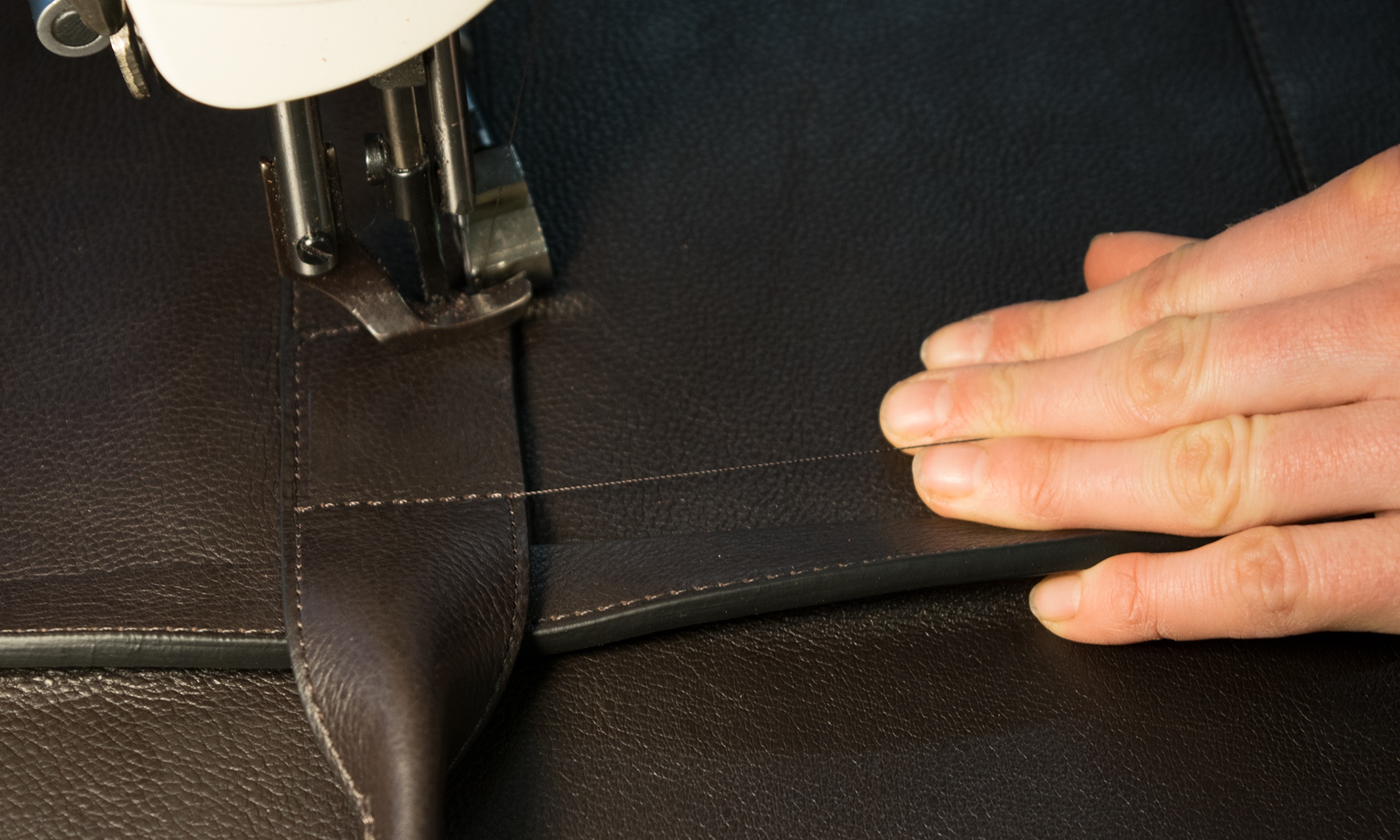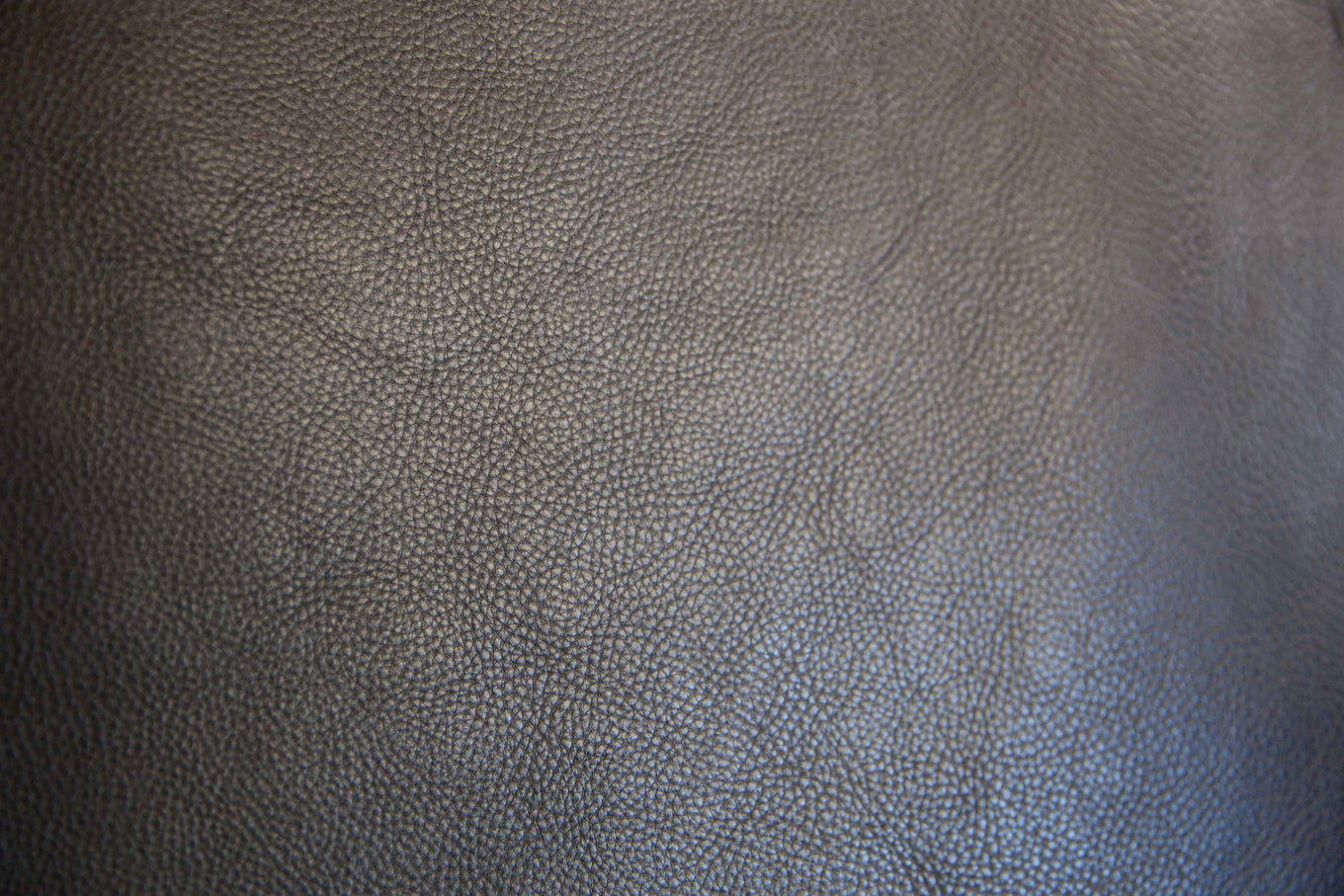
Not all leather is created equal. On first glance, that might not seem to be the case—isn’t leather just leather? The truth is that there’s a reason why some leather goods cost more, look better, and last longer than others, and it all has to do with the hierarchy of leather quality grades. It’s those grades, and not necessarily the label stamped on the front, that make the difference between a bag that holds out for a year and an investment piece that lasts a lifetime.

Bridle leather also falls into this category. The only variation is the extra step of suffusing the hide with wax and greases before tanning, a process which gives it that characteristic smooth and sturdy appearance.
Uncorrected hides are another factor here, too. Not many brands choose to use these for the reason that they’re more labor-intensive, which makes us something of an exception. Since an uncorrected hide keeps all its imperfections, it’s a long process to choose the best-looking one and then cut around any marks or blemishes that might still be present. Some actually choose to skip this step and keep the blemishes, but we say "no, thanks" to that. The time and care

A step below full-grain is top-grain leather, which was once full-grain leather but has had its topmost layer sanded away and a fake grain stamped in its place. Doing so is a popular move because it eliminates the need to bother with weeding out the leather’s imperfections. Unfortunately, through stripping away that layer, a bag made with top-grain leather will never patina and instead takes on a plastic-y appearance that will look worse over time and with use.
Following top-grain, then, is “genuine leather,” a misleading term that isn’t quite what it seems despite technically being true. This is the base layer of a leather hide—what lies right above the suede underside—that has been painted and stamped to give a false appearance of luxury. As might be expected, this means the quality is low because the leather been damaged and robbed of its natural protection. A "genuine leather" bag may look fine for a few months, but paint can’t do what real leather can, and this will become apparent sooner rather than later.
Finally,

The bottom line is this: full-grain leather is the only kind that’s innately guaranteed to wear and age well. It’s the real thing, irreplaceable and unable to be synthetically replicated no matter how hard some may try. And, best of all, it's sustainable! Good news for your closet and for the planet.

Leave a Comment